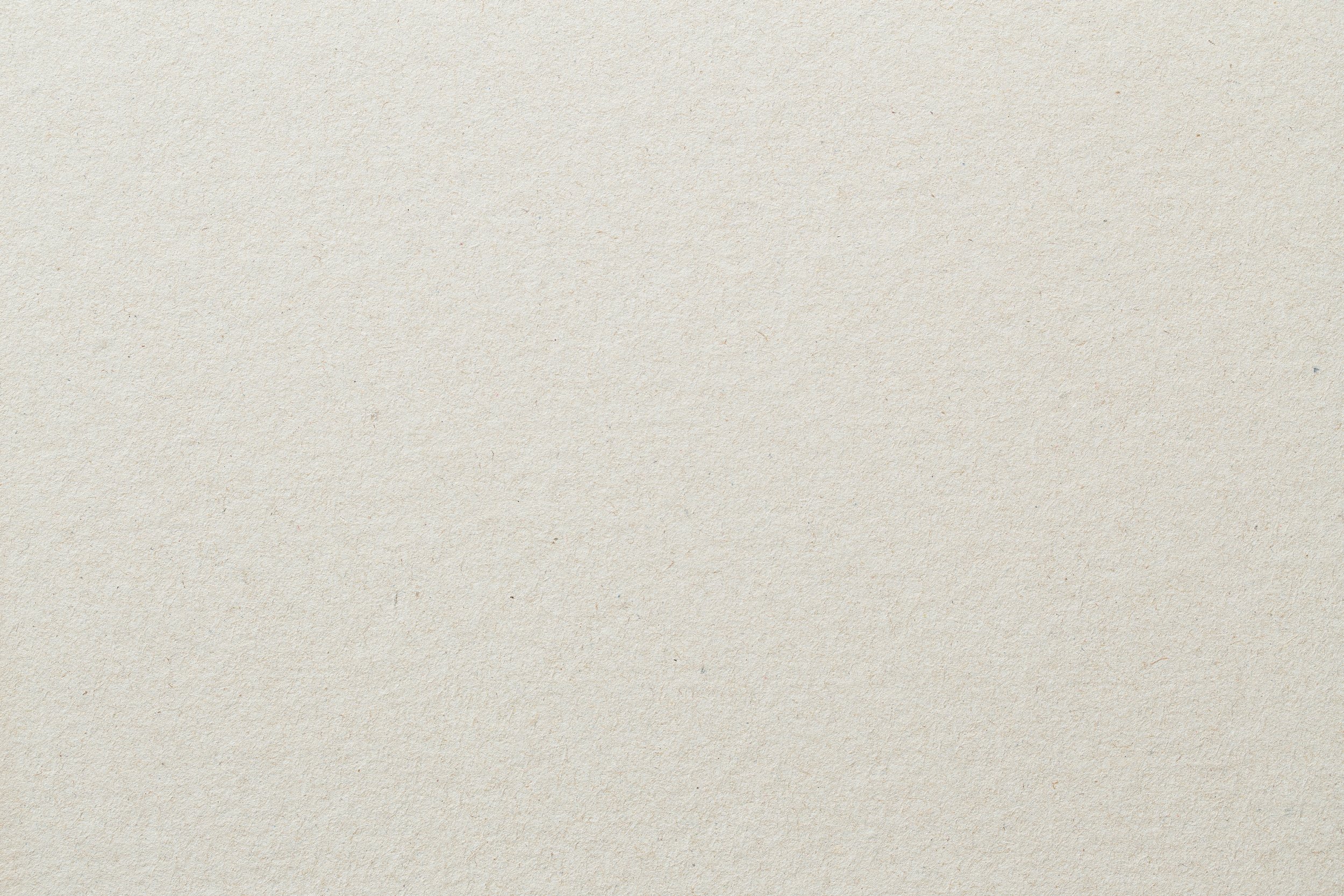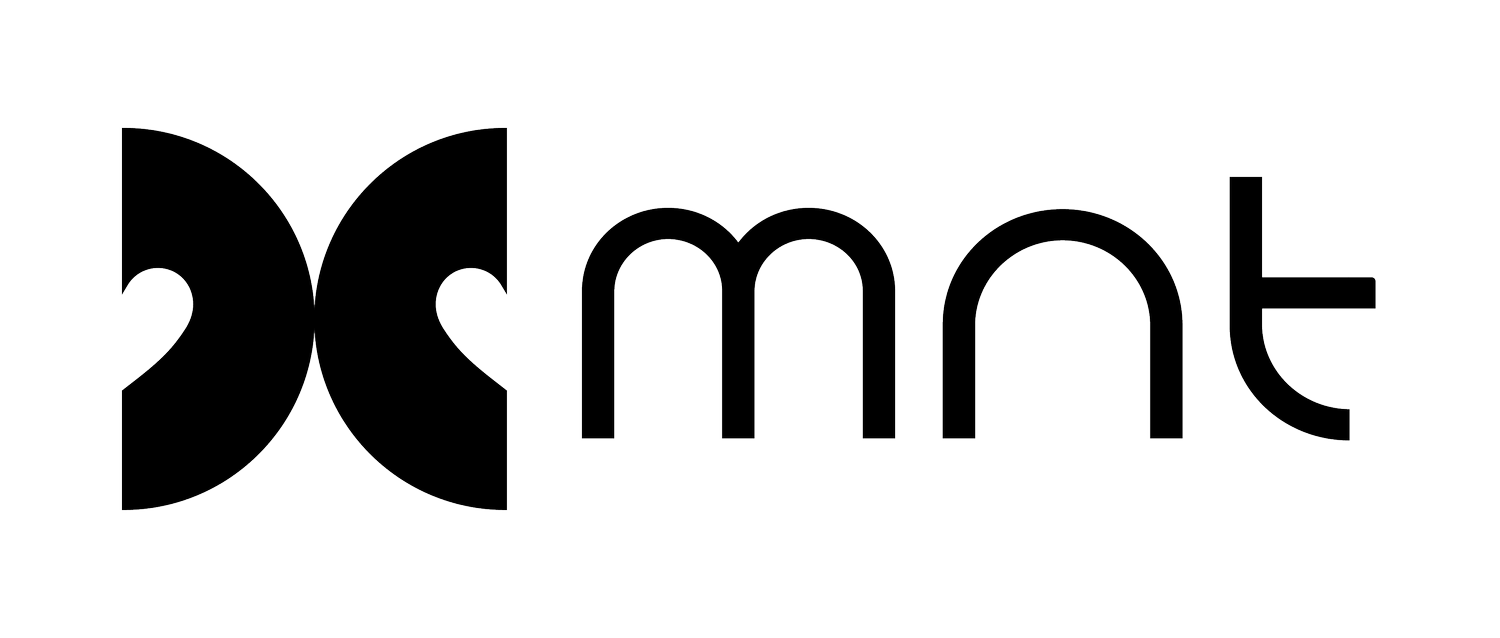Individual sessions
Art therapy unlocks emotions trapped beneath the surface, revealing truths that words cannot express.
As long as we avoid dealing with our emotions, we continue to feed sadness, suppress anger, and run from fear.
Taking responsibility for your life, behavior, and decisions is not about constant worry and analysis but about deeply feeling every emotion without letting them control you.
Worry is not an emotion; it is merely a coping mechanism and a strategy we use when we feel anxious.
To ignore emotions is
to ignore life.
The goal is not to control emotions but to control your reactions to strong emotions. Every emotion has a purpose, serving as a signal that something needs your attention.

Deciding to begin therapy is never easy. Even when there isn’t a pressing problem to address, this step is about providing yourself with support. It requires opening up and confronting all the parts of yourself that you fear, feel ashamed of, or don’t fully understand. It’s about overcoming internal resistance and embracing every suppressed part of yourself. Only then can you consciously move forward instead of being anchored in the unconscious.
What I notice with my clients, regardless of their unique circumstances, is their common need—not just to accept themselves but to
deeply and unconditionally love every part of themselves.
This love becomes visible in their choices, goals, behaviors, and the relationships they build.

To feel they are already “good enough”.
To fully embrace their own worth.
To be proud of the woman they’ve became.
To feel confident, feminine, and empowered.
To feel valuable, productive, and successful.
To respect and appreciate themselves.
To talk kindly to themselves.
They often have some experience with personal growth but feel it’s never enough. They want to dive deeper but are simultaneously afraid of what they might find beneath the surface.
As a therapist, I have an understanding of these life episodes, but as a woman, I also feel anger and sadness about the “good girl” narrative that was presented to us as normal during our upbringing, and later the idea of a “positive mindset” when we dared to heal our inner “good girl.”
I, too, was a girl who inspired everyone around her but struggled to find inspiration within herself.
A girl who achieved enviable results for others while envying others herself.
It wasn’t easy to become the woman I am today. It wasn’t easy to lead and love myself through that process, but it became much easier when I encountered art therapy.
No mindset can avoid emotions.
You cannot heal the wound when you pretend nothing is hurt.
Everyone carries scars from past events and relationships, but what keeps us stuck is not the scars themselves. It is our fear of experiencing and releasing the emotions tied to them. Avoiding negative emotions doesn’t stop bad things from happening to us.
Suppressing emotions is never a good option, but expressing them can feel impossible when you don’t know how to do it without causing collateral damage.
The question is not whether it is important to express emotions, but HOW you will do it.
Paper doesn’t judge.
Clay doesn’t question.
There is no wrong color, no inadequate brushstroke, no fear that your work is bad.
As emotions flow onto paper, fingers mix colors or shape clay, the mind becomes clearer, and solutions become more apparent. Art therapy bypasses the mind and the daily noise of thoughts, bringing you directly to your truth.
The Role of an Art Therapist
An art therapist helps you feel safe, grounded, and in control as you process your thoughts and emotions. This is the kind of support that simple drawing or coloring on your own cannot provide.
Just as reading self-help books isn’t therapy, not all artistic expression is art therapy.
In art therapy, the focus is always on the process and the expression of emotions. The finished work is simply evidence of the transformation that occurred along the way.
Clients often come with a clear idea of what they want to work on, but this is often not what is ready to be processed. During a session, the themes that require attention now take shape and color. As an art therapist, I always follow the client’s rhythm, guided by my experience and intuition.
If a picture speaks a thousand words, then one session of art therapy can achieve the depth of ten traditional sessions
What Clients say:
Sessions are held online via Google meets or in person at my studio in Barcelona.
Book a free discovery call to explore how we can work together to meet your goals.
Sessions can be held in English, Serbian or Spanish.





